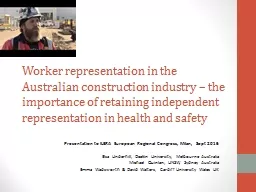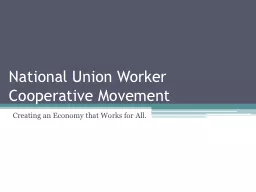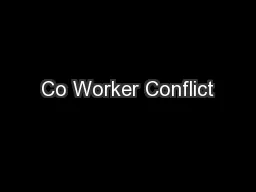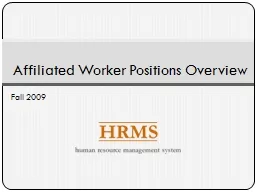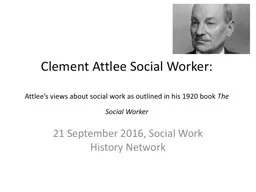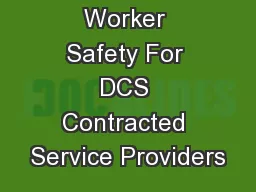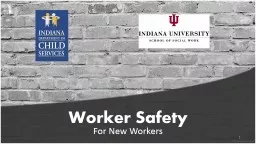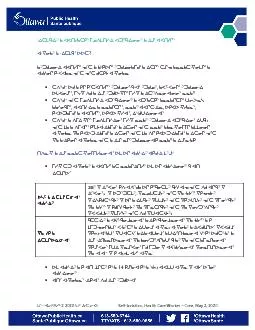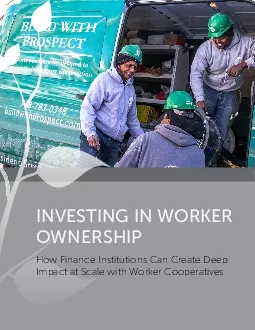PPT-Worker representation in the Australian construction indust
Author : phoebe-click | Published Date : 2017-04-24
safety Presentation to ILERA European Regional Congress Milan Sept 2016 Elsa Underhill Deakin University Melbourne Australia Michael Quinlan UNSW Sydney Australia
Presentation Embed Code
Download Presentation
Download Presentation The PPT/PDF document "Worker representation in the Australian ..." is the property of its rightful owner. Permission is granted to download and print the materials on this website for personal, non-commercial use only, and to display it on your personal computer provided you do not modify the materials and that you retain all copyright notices contained in the materials. By downloading content from our website, you accept the terms of this agreement.
Worker representation in the Australian construction indust: Transcript
Download Rules Of Document
"Worker representation in the Australian construction indust"The content belongs to its owner. You may download and print it for personal use, without modification, and keep all copyright notices. By downloading, you agree to these terms.
Related Documents

